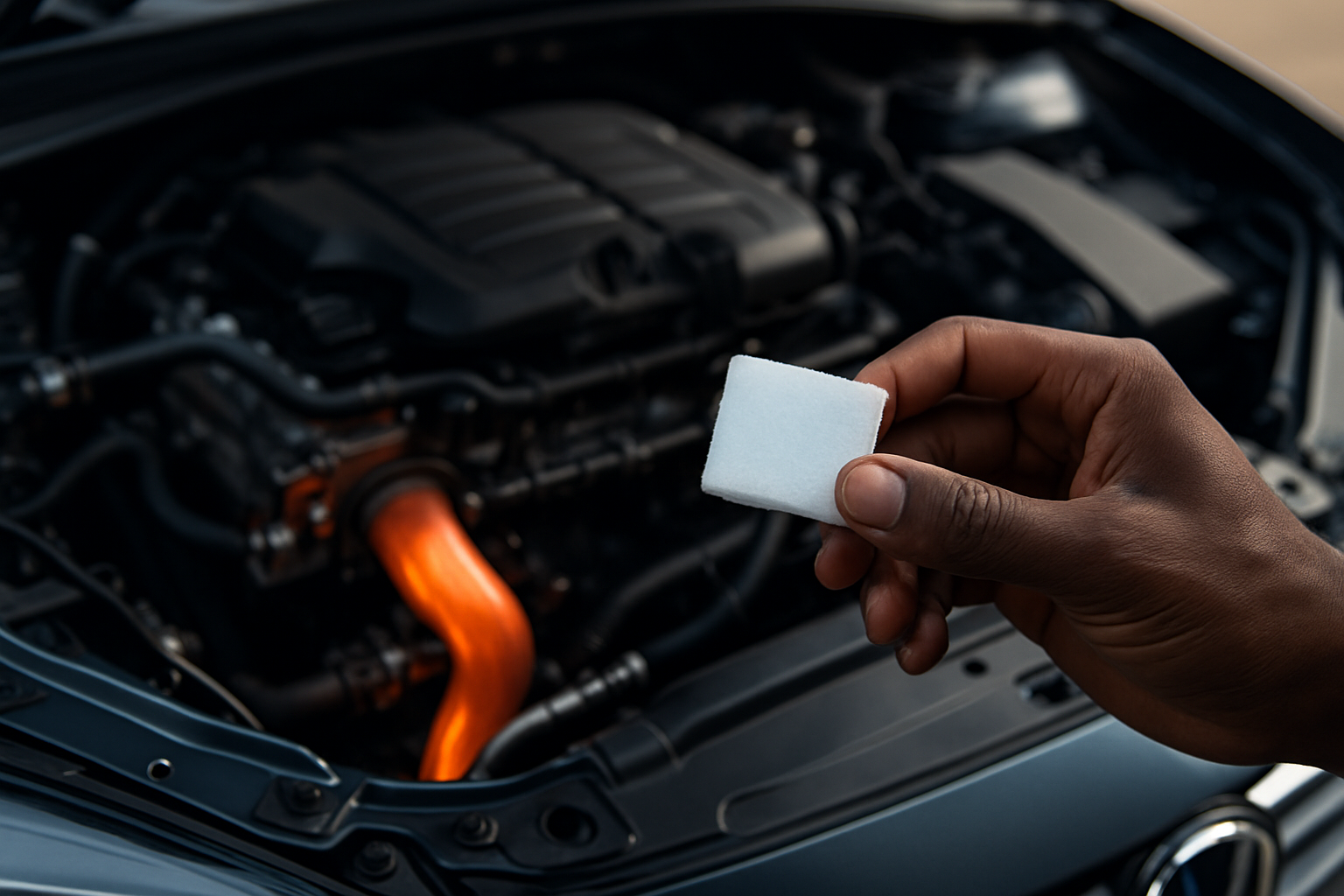"The Intricacies and Influence of Automotive Aerogel Insulation"
Imagine driving in a car that maintains a comfortable temperature, regardless of the weather outside. This isn't a futuristic concept, but a reality made possible by the innovative use of aerogel insulation in the automotive industry. This article explores the fascinating world of aerogel insulation, its historical development, current applications, and the impact it has on the automotive industry.

The Genesis of Aerogel Insulation
Aerogel, often referred to as ‘frozen smoke’, was first created by Samuel Stephens Kistler in the 1930s. Despite its early invention, it wasn’t until the 21st century that its potential for insulation was fully realized. Aerogel insulation is a highly porous, lightweight material with low thermal conductivity, making it an excellent insulator. Its unique properties have made it a subject of interest in various industries, including automotive.
Aerogel Insulation in the Automotive Industry
In the automotive industry, aerogel insulation is used to improve the thermal efficiency of vehicles. It is applied in areas such as the engine compartment, exhaust system, and passenger cabin. This insulation helps to maintain a stable temperature within the vehicle, enhancing passenger comfort and reducing the load on the vehicle’s heating and cooling systems.
Current Trends and Insights
The use of aerogel insulation in vehicles is a growing trend, driven by the increasing demand for energy-efficient and comfortable vehicles. According to industry experts, the aerogel market is expected to grow significantly in the coming years. This growth is fueled by the material’s superior insulating properties, its lightweight nature, and the increasing focus on improving vehicle efficiency.
Impact, Benefits, and Challenges
The impact of aerogel insulation on the automotive industry is significant. It enhances vehicle performance by reducing thermal losses, improving fuel efficiency, and increasing passenger comfort. However, the use of aerogel insulation is not without challenges. The material is relatively expensive and can be difficult to handle and install. Despite these challenges, the benefits of aerogel insulation make it a promising technology in the automotive industry.
Conclusion
The use of aerogel insulation in the automotive industry is a testament to the industry’s continuous quest for innovation and efficiency. As the demand for energy-efficient and comfortable vehicles continues to grow, the role of aerogel insulation is set to become even more significant. Despite the challenges, the future of aerogel insulation in the automotive industry looks promising, offering a unique solution to the industry’s thermal management needs.





